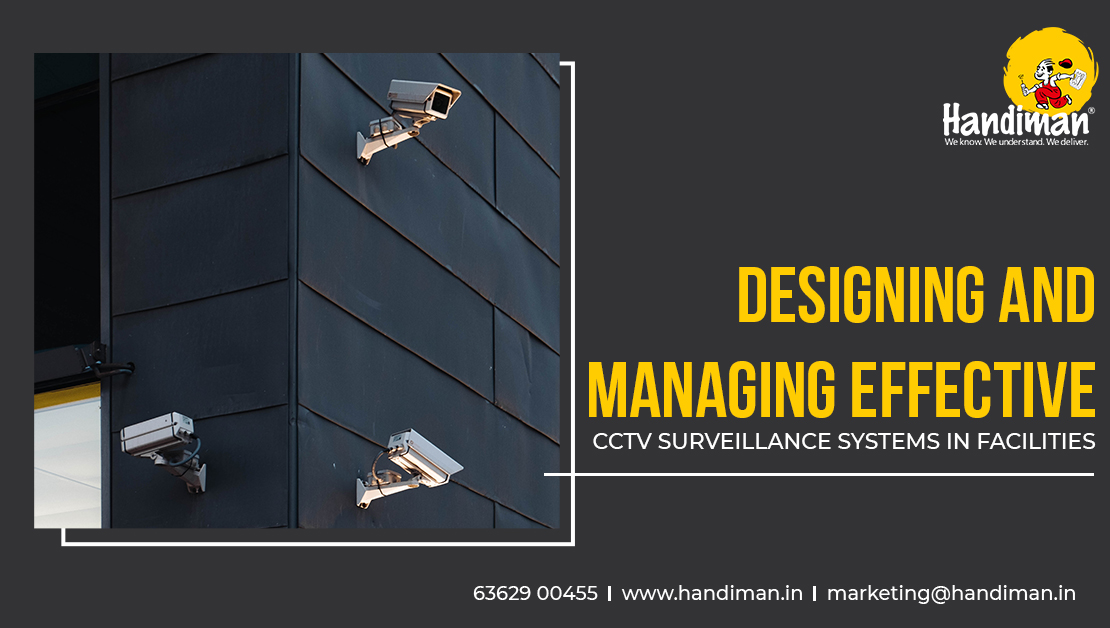
Designing and Managing Effective CCTV Surveillance Systems in Facilities
CCTV surveillance systems are essential for protecting buildings of all sizes, from corporate offices to industrial complexes, in today's rapidly changing security landscape. Security teams must design and manage these systems, which is a difficult task. Here, we explore the key elements of designing and operating efficient CCTV surveillance systems.
Designing the System:
A thorough analysis of the facility's specific security requirements is the first step in effective CCTV design. Entrances, parking lots, and high-risk zones are examples of crucial areas that need to be covered by security teams. Careful consideration must be given to elements like lighting, camera placement, and camera types (such as fixed or PTZ). Wide-angle lenses and high-resolution cameras increase coverage and clarity.
Choosing the Right Cameras:
It is crucial to choose the appropriate cameras. Pan-tilt-zoom (PTZ) cameras, for instance, provide flexibility to monitor wide areas, while infrared (IR) cameras ensure night vision. For comprehensive surveillance, coordinating camera types and angles is essential.
Network Infrastructure:
Any modern CCTV system is supported by a strong network infrastructure. Data storage and reliable connectivity must be ensured by security teams. The proper selection of network switches, routers, and servers falls under this category. To avoid data loss, redundancy measures should be implemented.
Remote Monitoring and Access:
CCTV feeds must now be accessed remotely at all times. In order to track incidents and respond to them from any location while improving situational awareness, security teams must set up secure remote access.
Regular Maintenance:
After installation, CCTV system management continues. Maintenance must be done frequently. Cleaning cameras, inspecting for damage, and updating firmware with security patches are all included in this. To avoid data loss, data storage systems should also be routinely managed and backed up.
Compliance and Privacy:
Security teams need to be knowledgeable about regional and federal laws governing CCTV use. Privacy issues and adherence to data protection laws are indisputable requirements.
In conclusion, it is impossible to overstate the importance of security teams in the planning and administration of efficient CCTV surveillance systems. They offer a crucial layer of security that keeps facilities safe in a constantly changing world by comprehending the particular needs of the facility, choosing the appropriate equipment, maintaining the infrastructure, and ensuring compliance.
